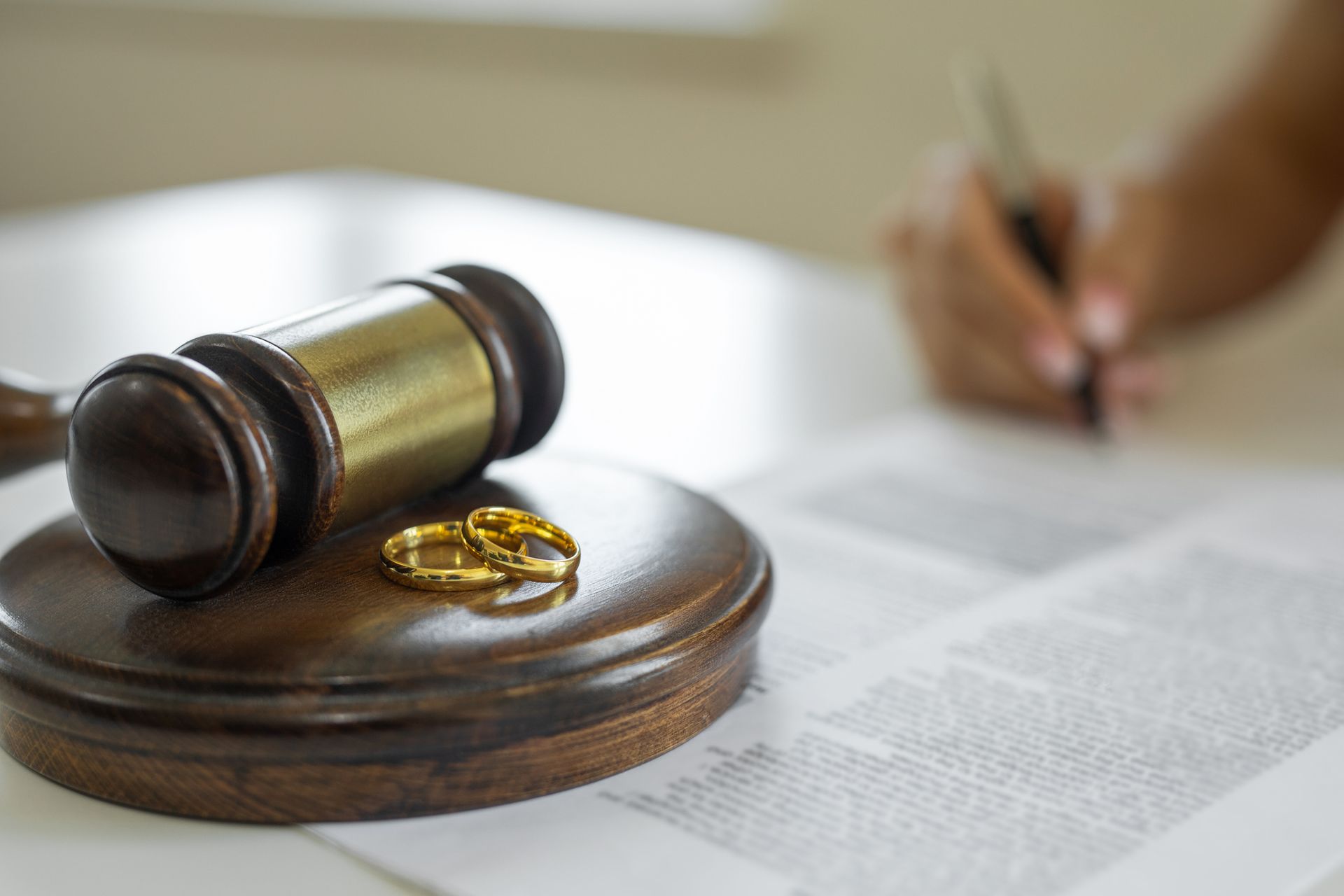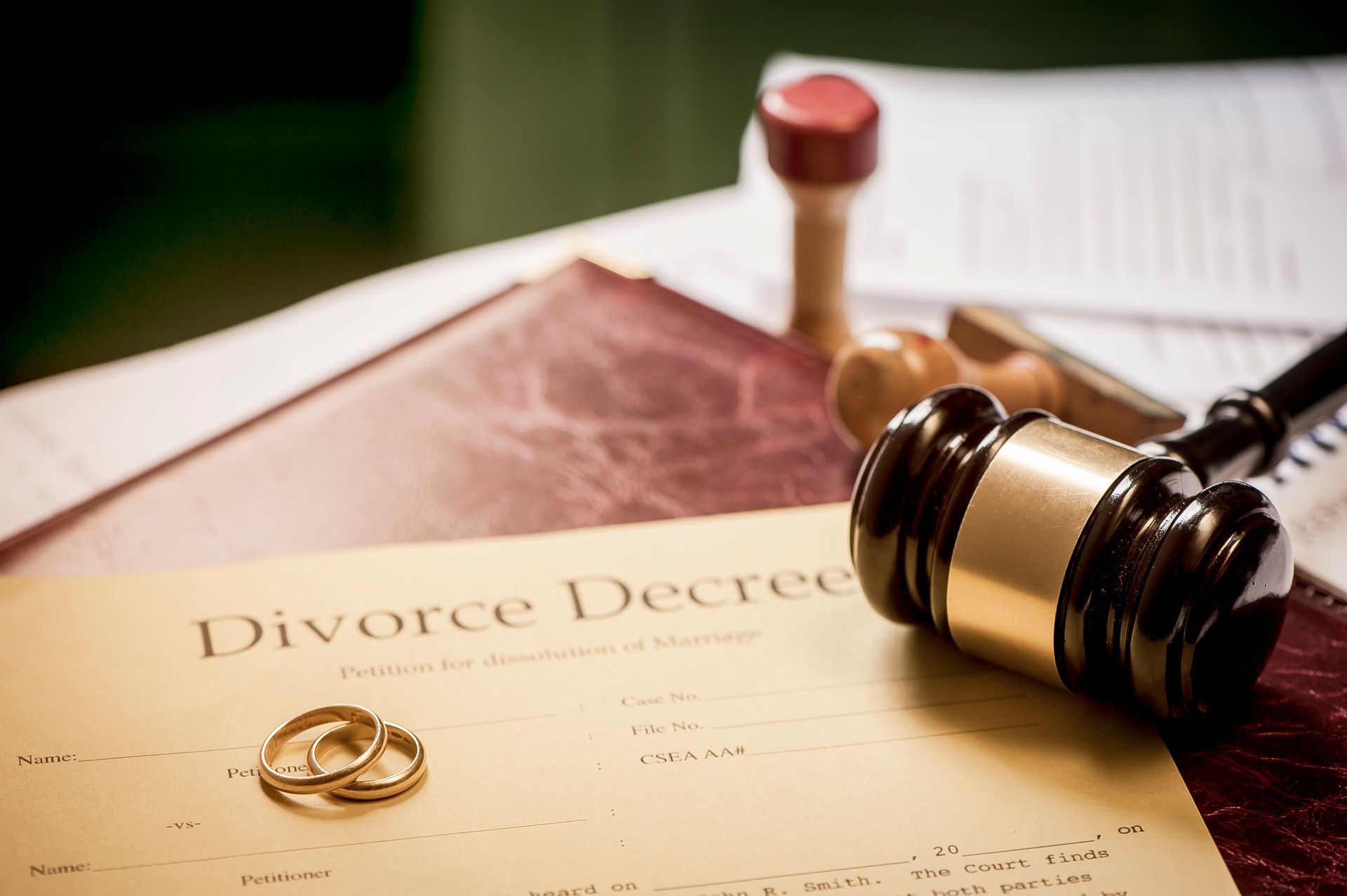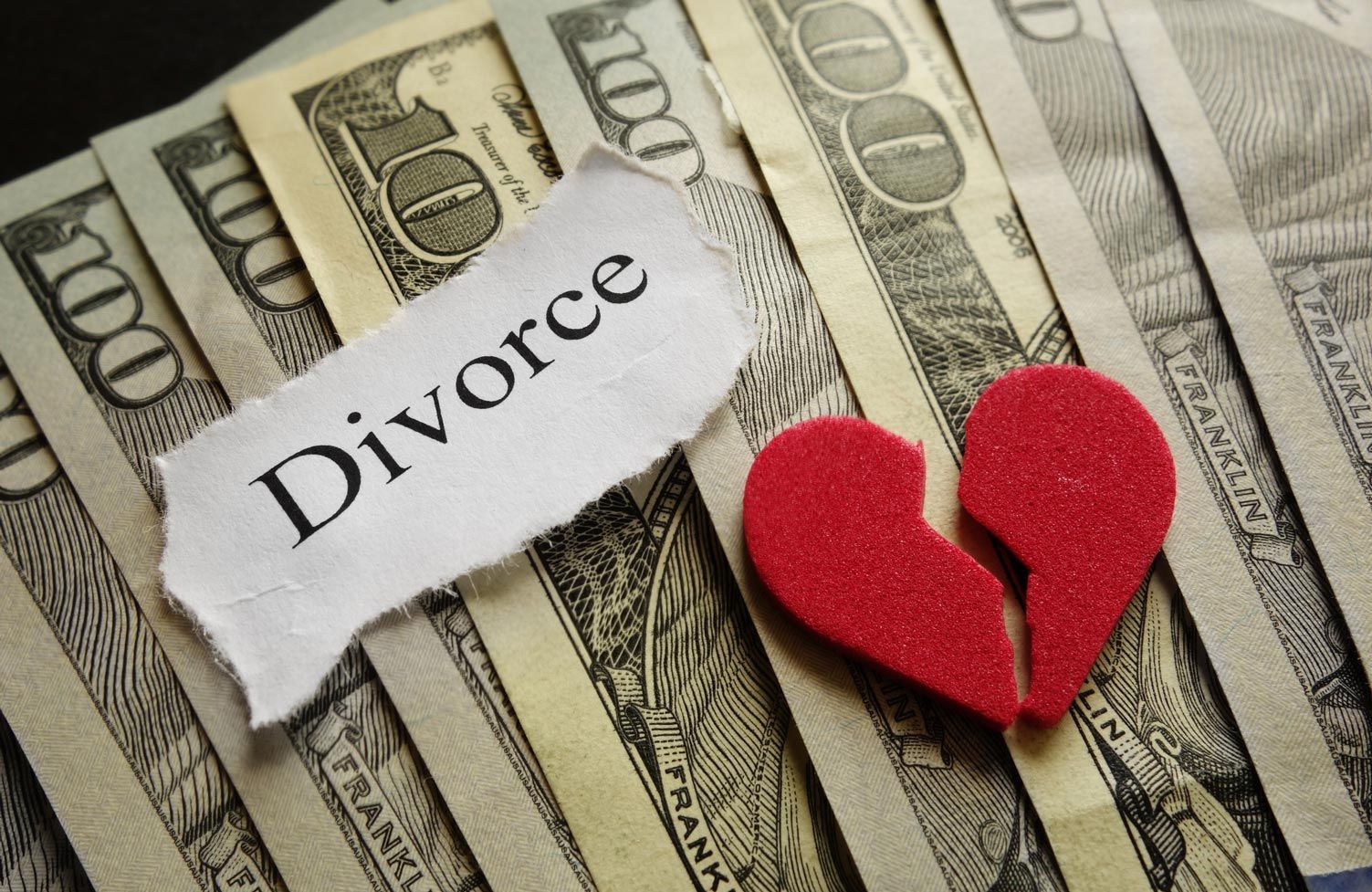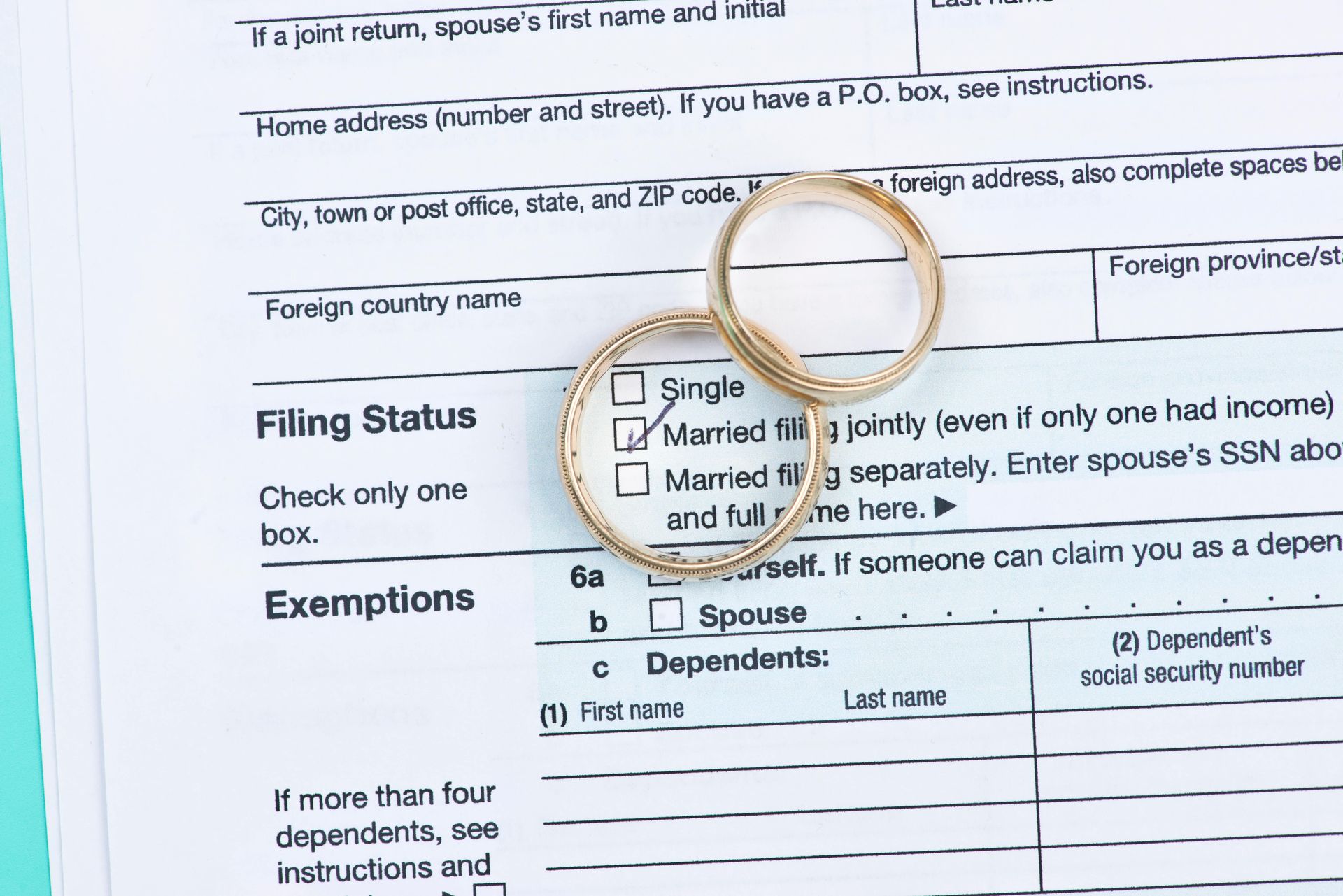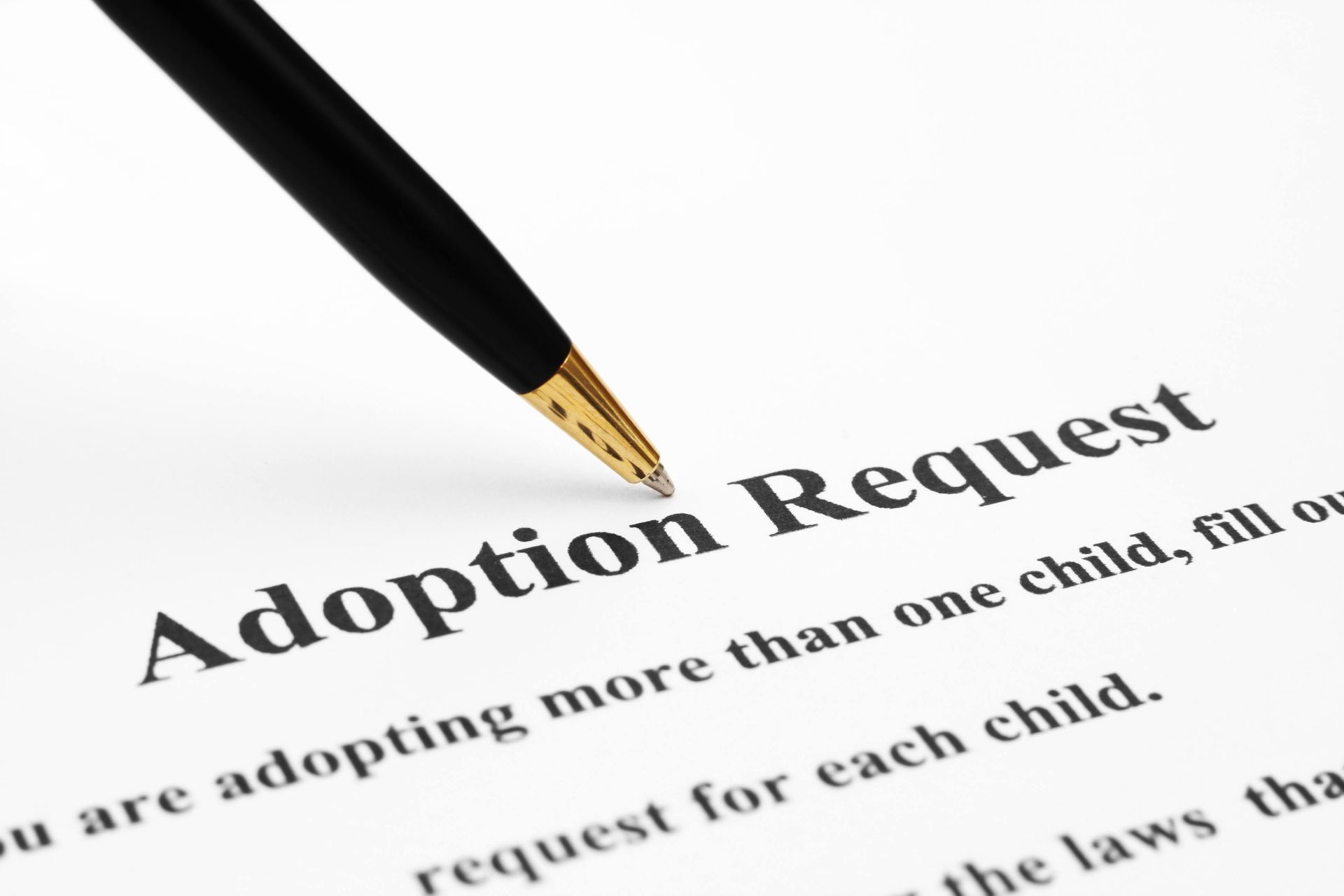5 Ways Bankruptcy Is Designed To Help You Keep Your Stuff
One of the biggest worries for most Americans who are considering bankruptcy is whether or not they can keep their belongings. The image of bankruptcy that many people have is one of a debtor having their assets seized, leaving them with little or nothing.
However, modern bankruptcy protection is actually structured to help prevent this image from coming true. But how exactly is modern bankruptcy structured to prevent asset losses? Here are five of the ways that your bankruptcy prevents assets from being lost.
1. Temporary Stay
One of the first effects you will see when filing a bankruptcy case is the temporary, automatic stay. This is a court order which halts all collections efforts by all creditors who may be involved in the bankruptcy. That includes foreclosure, repossession, garnishments, lawsuits, and phone calls or letters.
As a whole, this stay continues in effect until the case is closed, although it may be waived for specific debts. If you do want to keep a secured asset, this stay may buy time for you to work out another arrangement with the lender, perhaps saving the asset or even making full bankruptcy ultimately unnecessary.
2. Bankruptcy Exemptions
Exemptions are probably the most powerful tool to protect your stuff. These are a list of property types and dollar amounts that each debtor is allowed to claim as an exemption to liquidation. In New York, for example, most debtors may exempt up to $4,825 in a vehicle and $6,000 in cash or bank accounts. Through the smart use of exemptions, many debtors can exempt most or all of their assets in Chapter 7.
Note, too, that these amounts generally refer to the amount of equity in secured assets. This is an important distinction. If you have a vehicle worth $10,000, you can only exempt $4,825 of that value. However, if you still owe $6,000 on it, your equity is only $4,000. It may be entirely eligible for exemption.
3. Federal vs. State Exemptions
New York is one of the select states which allows debtors to choose between the federal exemption list and the state exemption list. You may choose whichever set of exemptions is most favorable to your specific needs. New York's exemptions are generally quite generous compared with other states, but there are times when some element of the federal list may protect something particularly important to you.
4. Chapter 13 Bankruptcy
When you think of bankruptcy, do you envision the one-time liquidation of your assets? If so, you are actually thinking of Chapter 7 bankruptcy. But this isn't the only route.
Many debtors choose Chapter 13 instead, specifically to protect their assets. When you use Chapter 13, you calculate a repayment plan for qualifying debts that lasts either three or five years. At the end of this period, the remaining dischargeable debts are wiped off and the case is closed. Although debtors may pay more over the life of the repayment plan, it's easier to keep assets.
5. Reaffirming Loans
Finally, what about keeping your biggest secured assets, such as your home or vehicles? This is less likely for debtors using Chapter 7, but Chapter 13 offers the chance to reaffirm loans. You get to choose which loans to reaffirm (or continue to be responsible for so you can keep that attached asset) and which to let go of. When combined with the ability to get caught up on past due payments, this protects many homes and other big assets.
Clearly, there are different tools you can deploy to keep some or all of your own property. Do you have questions about how these would affect your particular circumstances? Learn the answers by meeting with John D Wieser Esq, PC. We'll help you assess all your bankruptcy options and find the right path to a solid financial future.

